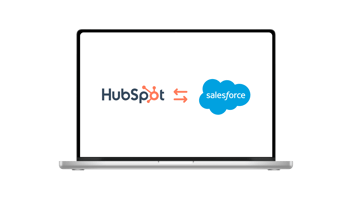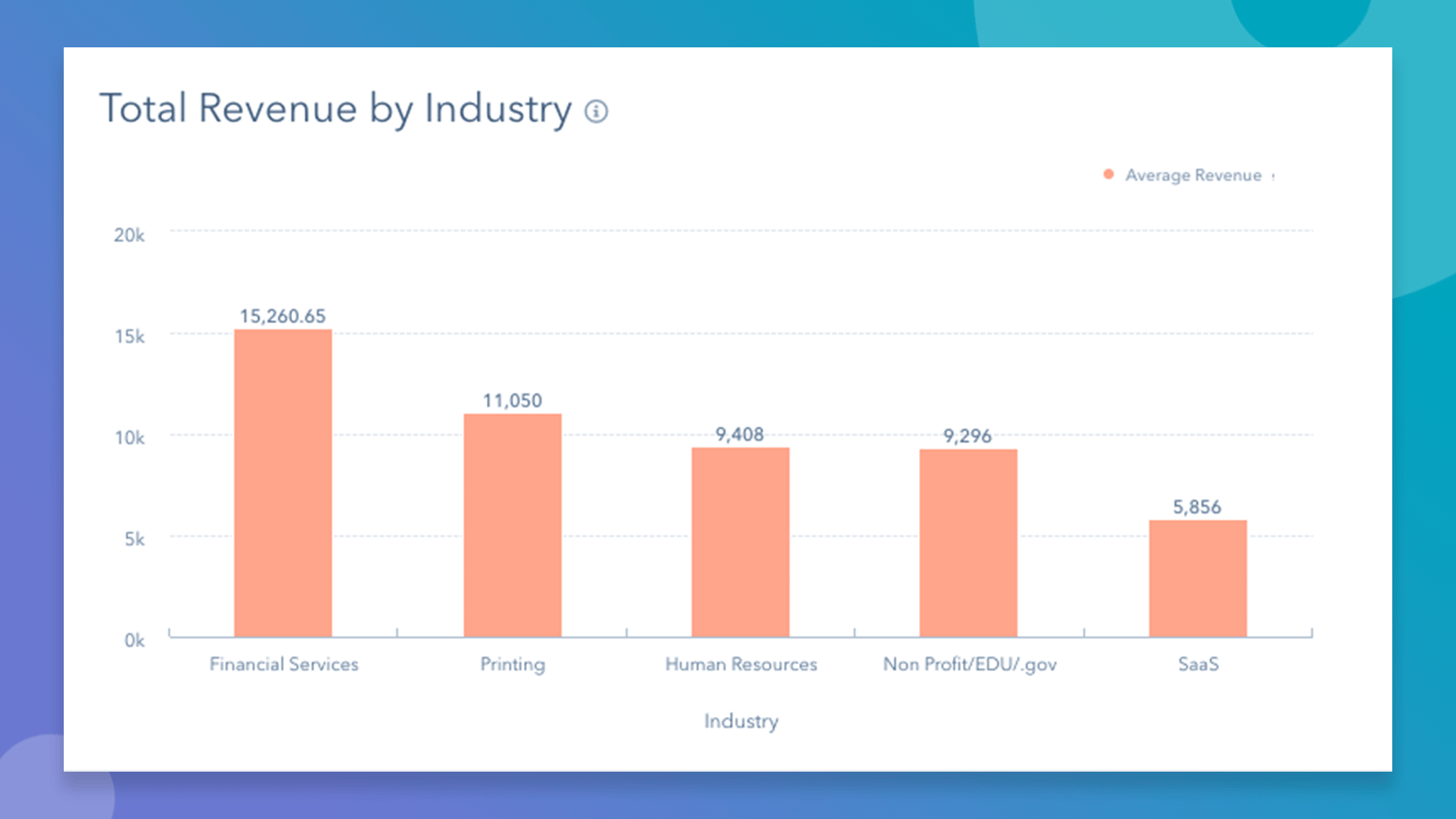
Gaviña
Streamlined Revenue Forecasting and Data Integration for Gaviña

The Situation
Gaviña struggled with a lack of visibility into projected revenue and deal progress due to disjointed systems and manual processes. Their key data related to business classes and projected revenue was stored in Oracle and partially synced to Salesforce. However:
Inconsistent Data: Business class data on accounts in Salesforce was not consistently mapped to opportunities, causing critical revenue details to be missing.
Disconnected Systems: HubSpot, their primary CRM for deal tracking, lacked integration with Oracle and Salesforce, creating reporting gaps.
Opportunities Without Revenue Data: Many opportunities were created in Salesforce without amounts, leaving the sales team and leadership unable to generate accurate revenue forecasts.
Inefficient Workflows: Manual processes were required to track and transfer data, leading to errors and inefficiencies.
Without automated workflows or synchronized data, Gaviña couldn't generate actionable insights for forecasting or management reporting.
The Solution
To address these challenges, the team designed and implemented a comprehensive solution leveraging Salesforce, HubSpot, and Oracle integrations:
1. Data Synchronization and Mapping
Custom Fields and Lookups in Salesforce:
Created a new lookup field on the Salesforce Opportunity object to pull the business class data directly from the associated Account object.
Established fields for Projected Revenue from Account Business Class and Business Class on Opportunities to ensure proper data mapping.
Integration of Oracle with Salesforce:
Mapped Oracle's business class data to Salesforce accounts, ensuring accurate and consistent data flow.
Syncing Salesforce and HubSpot:
Mirrored the Salesforce Opportunity properties in HubSpot (e.g., business class, projected revenue) to maintain consistency.
2. Automated Workflows in Salesforce
Flow for Projected Revenue Mapping:
Built a Salesforce Flow that triggered whenever an opportunity was created.
This flow automatically copied the business class and associated projected revenue from the Account object into the Opportunity record.
Flow for Missing Opportunity Amounts:
Designed a second Salesforce Flow to populate the Opportunity Amount field with the Projected Revenue value if the amount was left blank.
This ensured that all opportunities had a baseline revenue figure, eliminating the problem of incomplete data.
3. Reporting and Dashboards
Created dashboards in both Salesforce and HubSpot to track projected revenue, deal stages, and overall pipeline health.
Enabled automated updates to deal properties in HubSpot, such as business class and projected revenue, based on Salesforce data.
4. Collaborative Improvements and Cleanup
Conducted extensive property cleanup to resolve sync issues between Salesforce and HubSpot, significantly reducing integration errors.
Consolidated scattered data sources, ensuring that the Oracle, Salesforce, and HubSpot systems worked harmoniously.
The Result
The implementation delivered several impactful outcomes:
1. Enhanced Revenue Projections
Gaviña gained visibility into projected monthly revenue for each business class.
Opportunities in Salesforce now had pre-populated revenue estimates, allowing leadership to forecast more accurately even before deals were closed.
2. Seamless Data Integration
Oracle, Salesforce, and HubSpot were integrated into a unified system, enabling smooth data transfer and real-time updates.
All business class and revenue data flowed correctly from Oracle to Salesforce and then into HubSpot.
3. Streamlined Operations
Automated workflows eliminated the need for manual data entry, reducing errors and saving significant time for the team.
The Salesforce flows ensured that data stayed consistent across accounts, opportunities, and deals without additional effort from users.
4. Improved Reporting and Insights
Leadership gained access to comprehensive dashboards in Salesforce and HubSpot.
Reports on projected revenue, opportunity pipeline, and business class performance were now readily available, improving strategic planning.
5. Reduced Sync Errors
Integration errors between Salesforce and HubSpot were reduced dramatically, improving data reliability across systems.
Custom property mappings ensured that data flowed seamlessly without discrepancies.
-1.png?width=1600&height=900&name=Screenshots%20with%20backgrounds%20(21)-1.png)
.webp?width=1600&height=900&name=Slide%201-7%20(1).webp)



Related Case Studies


TeamSupport
The Situation YouBar is the leading nutrition bar manufacturer in the United States for protein...



%201.svg)
%201%20(1).png?width=700&height=392&name=Salesforce.com_logo%20(1)%201%20(1).png)


